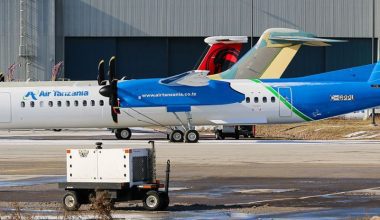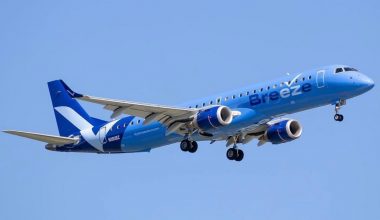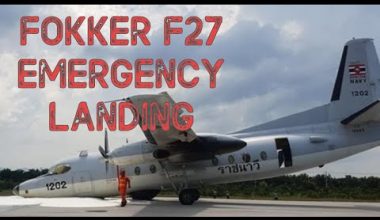A321 Precision aircraft which is transformed from an A321 passenger configuration into a freighter performed first test flight in Florida. The aircraft flew to the market to fight the Boeing 737-800 and the possible successor of the Boeing 757 freighters. The test flight was completed in a joint venture between Air Transport Services Group and Precision Aircraft Solutions.
Precision Aircraft reported that the 321 will endure several test flights and is scheduled to obtain official approval from the FAA in early 2021 for the design modification.

What are changes in 321 Precision aircraft ?
The A321-PCF modification involves installing a primary-deck cargo door that is hydraulically controlled and a primary-deck cargo loading mechanism. The design has a strengthened surface and plugged windows. The inclusion of large cargo doors on the airframe and other sub-systems was one of the modifications.
Read more news

The modification enables the A321 to hold on its top deck up to 14 containers spanning 2.2 x 3.2 m (88 x 125 in) and on its bottom deck up to 10 narrower containers. The corporation announced it does not have any OEM weight update specifications. The average freight concentration of the current conversion is 7963 CU. FT, which is 1,400 Cu. Ft more than 737-800F. The structure has no fixed ballast applied to it.
A321’s first freighter
This month, Australia’s Qantas Airways is expected to acquire the world’s first modified Airbus A321 from a passenger configuration into a freighter. On August 30, 2020, the world’s first Qantas Freight Airbus A321P2F flew for a demonstration flight. In 2015, the A321 P2F was transformed from a passenger aircraft to a freighter at Singapore Seletar Airport under a unique aircraft modification initiative launched by two aerospace firms, ST Aerospace Singapore and Elbe Fleugzeugwerke (EFW) and Airbus. Besides, the interior must be renovated, including the construction of a robust barrier, and the floors need to be enhanced, as stated earlier by Airbus.

As the manufacturer said, the A321P2F upgrade contributes almost 50 percent more strength relative to the current Boeing 737 freighters and will become a successful substitute for the previous generations of narrow-body freighters.






